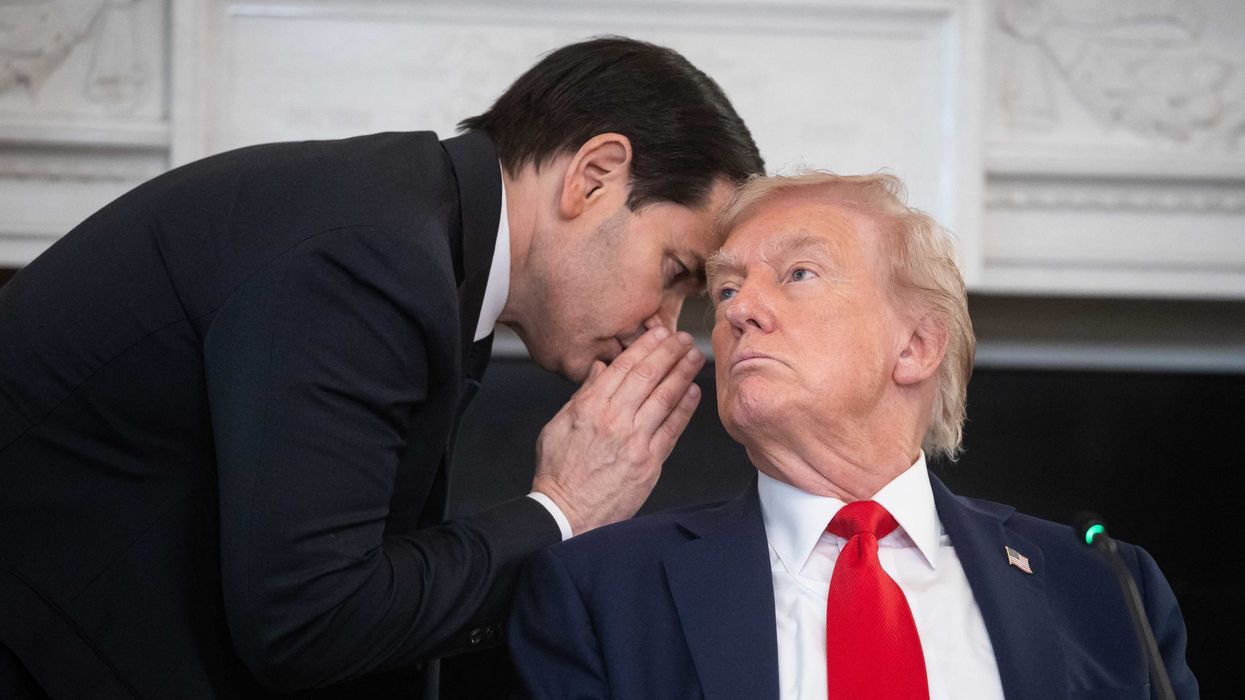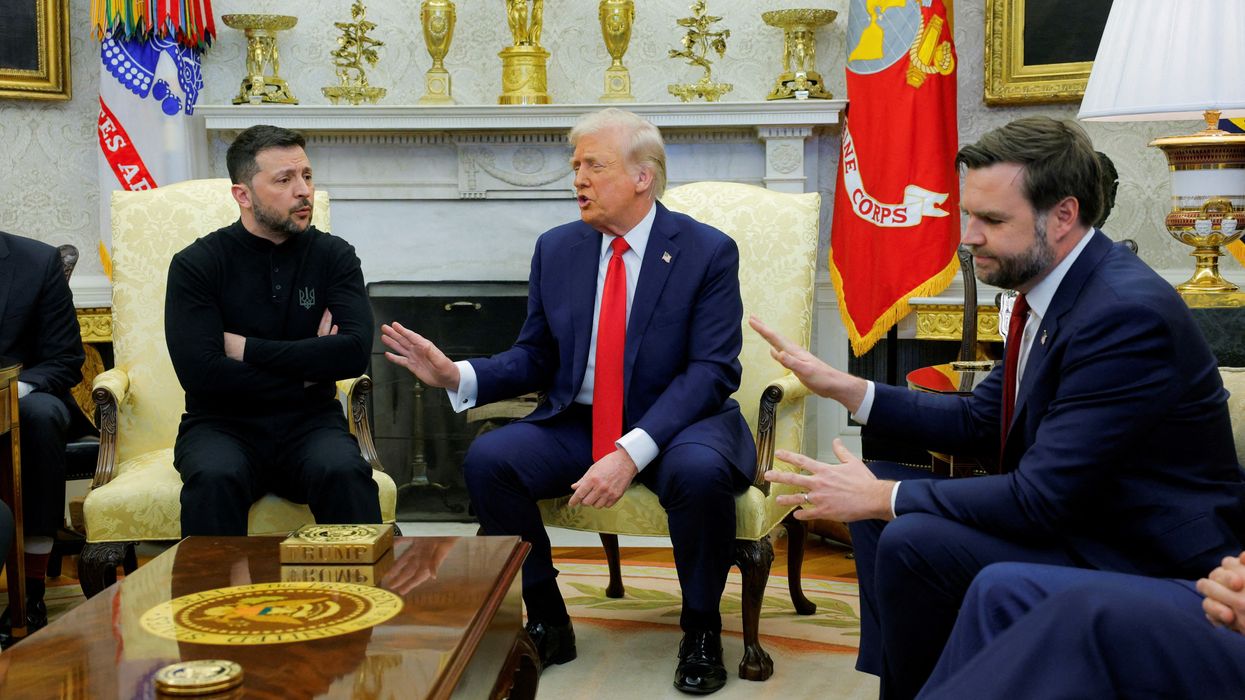President Biden’s announcement that the U.S. military will depart Afghanistan by September 11 is not a surprise (the decision has been talked about for several weeks), but it spurred a predictable response from establishment Washington — where it was met with skepticism, if not outright disdain.
Columnist Max Boot re-upped his oft-stated Vietnam comparison in the pages of the Washington Post, (the fall of Kabul, he wrote, “could be as ugly as the fall of Saigon”), adding his voice to that of David Ignatius, who narrated a possible “spiral of violence in which provincial capitals fall, one by one, leading to a deadly battle for Kabul . . .” The Post itself had bared its own tendentious condemnation in a high-profile editorial on Tuesday: “Mr. Biden has chosen the easy way out of Afghanistan,” its editorial board intoned, “but the consequences are likely to be ugly.”
Which is only to confirm that, for a certain cohort of Americans, comparisons between what happened in Vietnam and what might happen in Afghanistan, fairly trip off the tongue. In truth, the Post’s stance is as predictable as Biden’s announcement: while styling itself the newspaper of record for official Washington, the paper has been a kind of drum major for American interventions. They’re not alone. Prior to the Biden announcement, Republican Senate Minority Leader Mitch McConnell called the prospective decision “a grave mistake” and “a retreat in the face of an enemy that has not yet been vanquished,” while Sen. Jim Inhofe of Oklahoma scoured the Biden decision as “reckless” and “dangerous.”
Less predictable than this, however, has been the near total silence that has greeted the Biden announcement from the currently serving military, or from their colleagues in the retired community. Both had weighed in heavily, in November of 2020, when then-President Trump was set to announce a similar move. Back then, a gaggle of dissenters descended on the White House (and the major media) to denounce the planned move. The order for the withdrawal had actually been set to paper (in the Pentagon) but was reversed when Trump caved into military pressures — saying that he was willing to leave 2500 troops in the country. The decision undermined his pledge to end America’s “forever wars,” the last in a series of decisions that confirmed the American military’s hold on his presidency.
Biden has proven to be much more adept. His decision on Afghanistan, as one senior Pentagon civilian told me, followed weeks of administration debate on the options the president might choose from, what this official described as “a thorough and rigorous back-and-forth that aired the military’s concerns.” Perhaps as crucially, the Biden administration’s decision to close the Pentagon’s Overseas Contingency Operations (the OCO) account — a kind of military slush fund that provides federal dollars for America’s interventions — signaled Biden’s view that the military needed to choose: it could have new weapons, or it could have old wars. But it couldn’t have both. In the end, it wasn’t much of a contest.
“This is a welcome decision, and long overdue,” retired U.S. Army Col. Kevin Benson, an influential voice in the retired military community and one of his service’s leading thinkers, told me when Biden’s decision became known. “In fact, my only criticism of the decision is that it could have been made and should have been made ten years ago.” For Benson, and for many others in the senior military community, Afghanistan had become a poster child for “mission creep,” a phrase denoting an ever-expanding and escalating military mission. But in the case of Afghanistan, the “mission creep” was more political than military.
“We reached our goal in Afghanistan in 2002; the Taliban was out, a new government was in and bin Laden was in hiding.” Benson said. “But then the mission expanded. We set new goals, including building a new government and providing economic opportunity. That was a mistake. There’s a limit to what force can do.”
Ironically, during the same week as Biden’s announcement, journalist Wesley Morgan published a memoir of his time as a journalist in Afghanistan. Morgan’s book, The Hardest Place, includes the reflections of Lt. Col. Joseph Ryan, who was commanding U.S. soldiers in Afghanistan’s Pech Valley. “Why are we here?” Ryan asked Morgan. “Are we building a nation? Are we chasing terrorists? I read the same news as you do, and it doesn’t always seem clear.”
Which is only to suggest that those who cite Vietnam as a template for the Biden decision are right, but not in the way they think. In that conflict, Gen. Bruce Palmer (second in command of U.S. forces in the country) was dispatched to a remote firebase near the South Vietnamese border with Cambodia, where U.S. soldiers had refused a direct order to conduct a routine patrol. Confronting them, Palmer was faced with the same questions asked of Morgan — and had difficulty answering them. For Palmer the lesson then was as clear as it is today: “If your soldiers don’t know why they’re there,” he told me, “they shouldn’t be.”
















